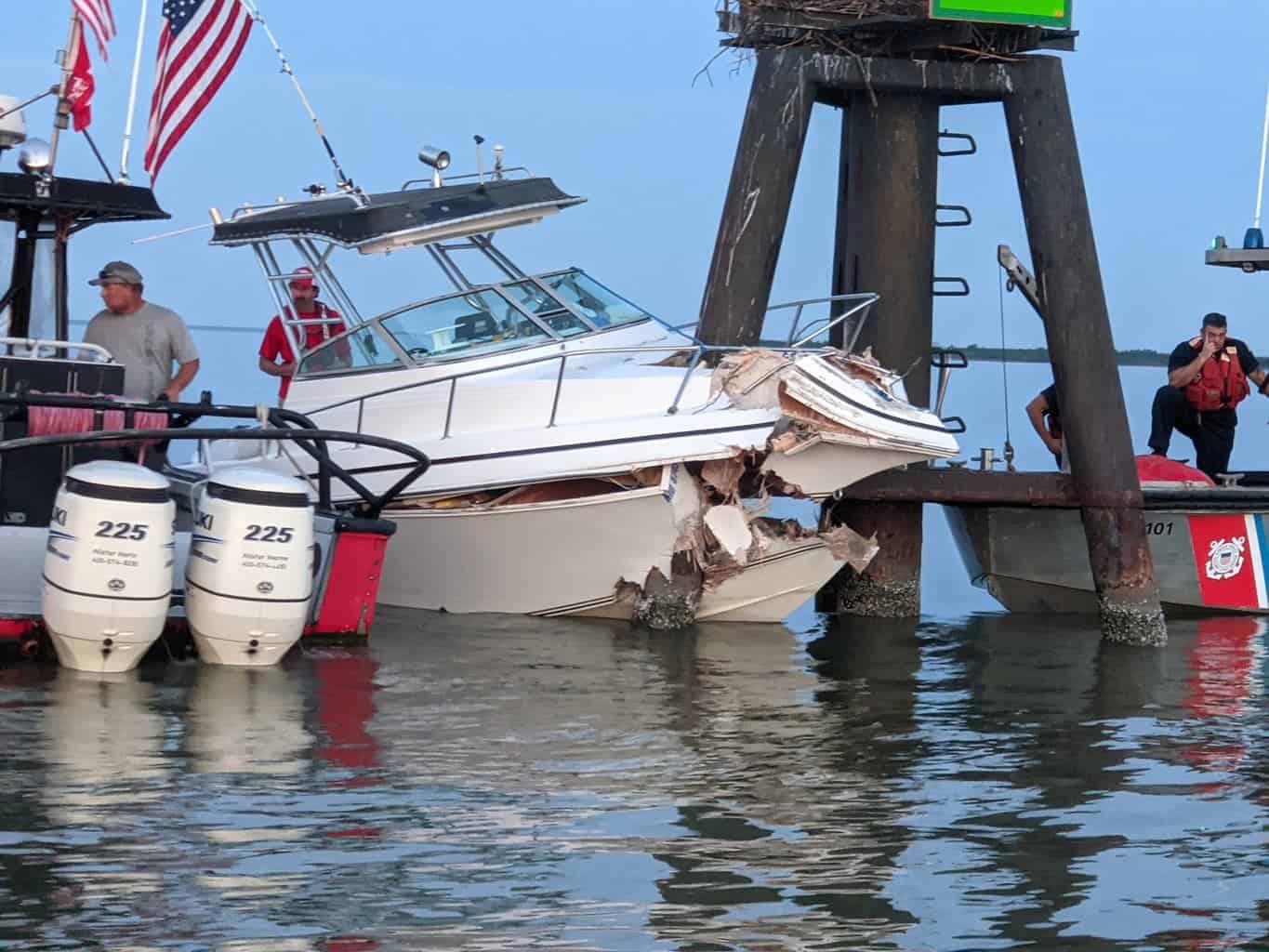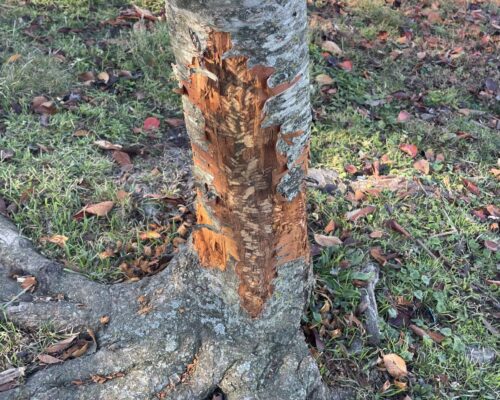“Now what?” is a question Maryland oyster restoration experts may have been asking themselves in the wake of successfully bringing back oyster populations in five major tributaries.
The five locations were targeted a decade ago, after 2014’s Chesapeake Bay Program’s Chesapeake Bay Watershed Agreement outlined a goal to “restore habitat and populations in 10 tributaries by 2025.” Now, four of the five are officially complete and the fifth, the Manokin River, is on target for completion right on time in 2025.
So, what should DNR and restoration advocates like the Oyster Recovery Partnership do now? Is the job finished?
No, there are new goals on the horizon. This month, the Maryland Department of Natural Resources (DNR) announced it has selected three new sites for large-scale oyster restoration in state waters of the Chesapeake Bay. It’s the next phase of helping the historically depleted population slowly build up.
DNR presented their selected sites, Herring Bay (southern Maryland), the Nanticoke River (Delmarva), and Hooper Strait (lower Eastern Shore), to the Oyster Advisory Commission. The diverse group of sites includes three different levels of salinity. The department will plant oysters on protected sanctuaries in all three waterways and monitor them regularly.
“These three large-scale restoration sanctuaries represent a new chapter for oyster restoration in Maryland,” Department of Natural Resources Secretary Josh Kurtz said. “We’ve had tremendous success with our existing restoration sanctuaries, and we’re excited to build on that achievement and keep up the momentum for oyster recovery in the Chesapeake Bay.”
Eastern oysters are still at a fraction of their one-time population levels because of overharvesting many years ago, disease, habitat loss and worsening water quality . They’re needed not just as a link in the food chain, but also as natural water filters and habitat providers for other species, thanks to their rocky reefs.
Before construction begins on the new oyster sanctuaries, DNR will still need to study Herring Bay, the Nanticoke River, and Hooper Strait to determine the acreage for these reefs. They’re expected to be comparable in size to the state’s three largest restoration sites, ranging from 348 to 455 acres. The Herring Bay sanctuary could be even larger, taking the title as Maryland’s largest oyster restoration site.
The timeline is expected to look like this:
The Nanticoke River sanctuary would begin in the spring and summer of 2025. 2026 will mark the start of the Herring Bay or Hoopers Strait restoration sites, with the other one to follow.
So what happens once the Chesapeake Bay Program’s initial 2025 deadline is reached? The Bay Program will set new restoration goals for the years to come. DNR Assistant Secretary of Aquatic Resources Jackie Specht says Maryland is getting ahead of the future goals before they are set.
“With these three restoration projects, we’re getting started early on additional restoration and we’re maintaining our continuous effort to establish more productive oyster habitat in the Chesapeake Bay,” Specht says.
The department chose the three locations of the new sanctuaries based on their potential for a self-sustaining oyster population, cost efficiency, and working in different salinity zones (because diversifying could manage disease risk).
“With new projects on both the Western and the Eastern Shore, as well as the mid- and lower Bay, we’re helping to spread out disease risk and increase the oyster broodstock across all areas of the Chesapeake Bay,” explains DNR Fishing and Boating Services Director Lynn Fegley.
The Nanticoke site will be the most efficient because it has firm bottom and will only require restoration teams to plant spat-on-shell juvenile oysters. In Herring Bay, they will need to first construct reefs and then plant the spat-on-shell.
Hoopers Strait has a potential added benefit: the sanctuary will be near aquaculture leases and areas open to wild oyster harvest. If spat spread from the sanctuary, they will boost not only the protected reef’s population, but the nearby populations too.
The new sites are part of DNR’s Four Point Oyster Sanctuary Plan, moving into the next era of Maryland oyster stewardship. The four points include monitoring the five large-scale sanctuaries in the long term; continuing to expand oyster restoration; evaluating sanctuaries that aren’t working well to see what might work; and connecting oyster restoration to watershed restoration.
Overall, Maryland oyster restoration is heralded as one of the Bay’s biggest successes in recent years. The state boasts more than 1,000 acres of restoration oyster reefs. DNR points out that is the size of 800 football fields.
In an especially encouraging discovery, those monitoring the Manokin River sanctuary found so many juvenile oysters growing naturally there that they didn’t need to plant spat-on-shell that had been grown in hatcheries. A full 90 acres did not need to be planted after all, which DNR says saves the state $1.8 million.
The department is using funds to invest in other oyster restoration projects, including one in Eastern Bay that includes protected sanctuaries, oyster farming lease sites, and wild harvest areas. The state will spend $1 million to plant oysters at the sanctuary and $1 million to plant shell and oysters in public harvest areas.
Oysters continue to be an important part of Maryland’s seafood industry as they continue their population growth. During the 2023-2024 season, commercial watermen harvested 430,000 bushels of oysters, or $15 million worth. Maryland oyster farmers harvested a record number of more than 94,000 bushels.
In Virginia, the state and its oyster restoration partners have five of their own large-scale sanctuaries. In the 2014 Chesapeake Bay Watershed Agreement, Virginia targeted the Great Wicomico, Piankatank, Lower York, Lafayette, and Lynnhaven rivers. Four of the five restoration sites are complete, similar to Maryland’s progress. The last one to be finished is the Lynnhaven River, with only 38 of 152 acres left to go.




